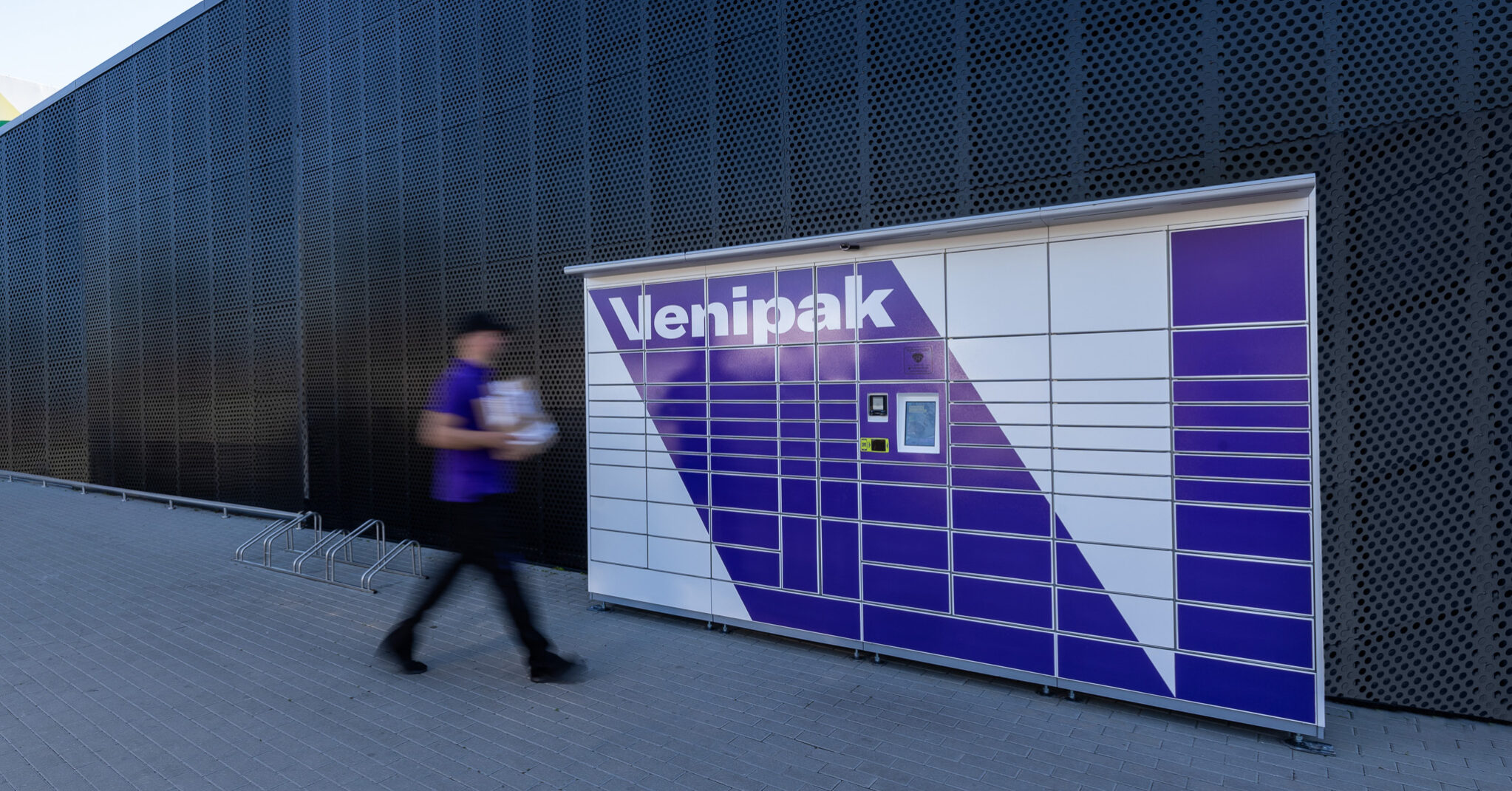The latest study on Latvian consumer habits reveals a concerning trend: 52% of residents prefer products and brands priced below the average market level. It is important to clarify what is meant by the term ‘average price.’
What Does ‘Average Price’ Mean?
For example, if 10 products are purchased for €1,000 and 500 similar products for €10, the average price comes out to €29.40. However, in reality, higher-priced goods are mainly purchased by a small, affluent segment of the population, while the majority opt for more affordable alternatives.
“In Latvia, we have a small affluent class that influences average prices, but for most people, such spending is not feasible,” explains Sanita Bērziņa, Country Manager of Venipak Latvia. She adds that the logistics industry underwent significant changes in 2024: for the first time in history, the number of incoming international shipments to Latvia exceeded domestic deliveries. Local online stores find it increasingly difficult to compete with global giants like AliExpress and Temu, which offer goods at significantly lower prices. “While opinions may vary, the reality is clear— for a large portion of consumers, price is the deciding factor rather than quality,” says Sanita Bērziņa.

Economic Stagnation Continues
The preference for cheaper products is closely linked to the fact that Latvia’s economy has been experiencing stagnation for the second consecutive year. In 2024, the growth rate was slow due to limited purchasing power and a slowdown in inflation. Although household incomes stabilized, consumers continued to seek budget-friendly alternatives, reducing impulse purchases.
“2025 is expected to be another challenging year. Economic growth forecasts remain cautious—stagnation may persist, or development may be minimal. This will be reflected in consumer behavior: more focus on essential purchases and increased caution even during discount periods,” notes the Venipak Latvia Country Manager.
How Is Consumer Spending Changing?
The study found that 15% of Latvian consumers did not plan to buy clothing, footwear, cosmetics, or home accessories in January, which is understandable following the holiday season’s expenses.
- 23% of respondents expect to save less or significantly less over the next three months;
- 22% plan to save more;
- 42% will maintain their current spending levels.
Only 8% of respondents plan to increase spending, while 35% predict their expenses will decrease.
The Growing Popularity of Parcel Lockers
With the rise of international shipments, the use of parcel lockers has also increased—this delivery method is both cost-effective and convenient, making it a preferred option for businesses and individuals alike. According to Venipak’s research, the number of residents who prefer parcel lockers and use them at least once a month is growing significantly each year. For example, in 2023, 45% of Latvian respondents reported using a parcel locker at least once a month, whereas in 2024, this figure rose to 56%.
Venipak’s data also shows that most parcel locker deliveries are picked up quickly:
- 71% of shipments in Lithuania are collected within 14 hours;
- 66% of shipments in Latvia are collected within 17 hours;
- 64% of shipments in Estonia are collected within 17.2 hours.
Additionally, small-sized shipments remain the most popular in the Baltic states, indicating a general trend toward cost-conscious spending. The active use of online stores, and consequently the growth of the logistics industry, is expected to continue into 2025.




